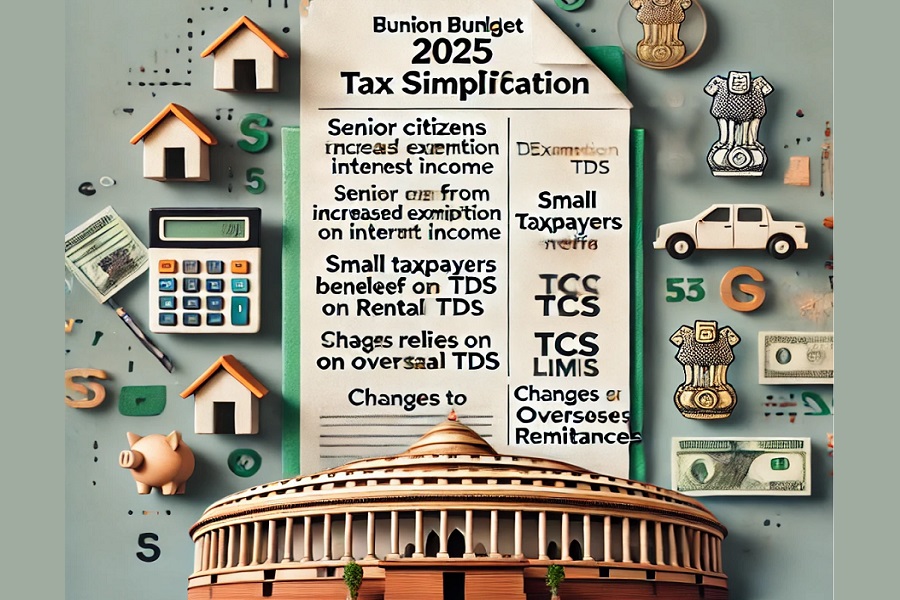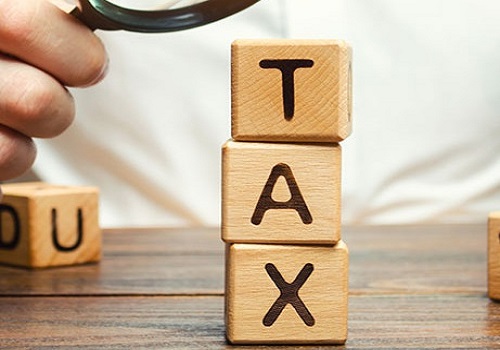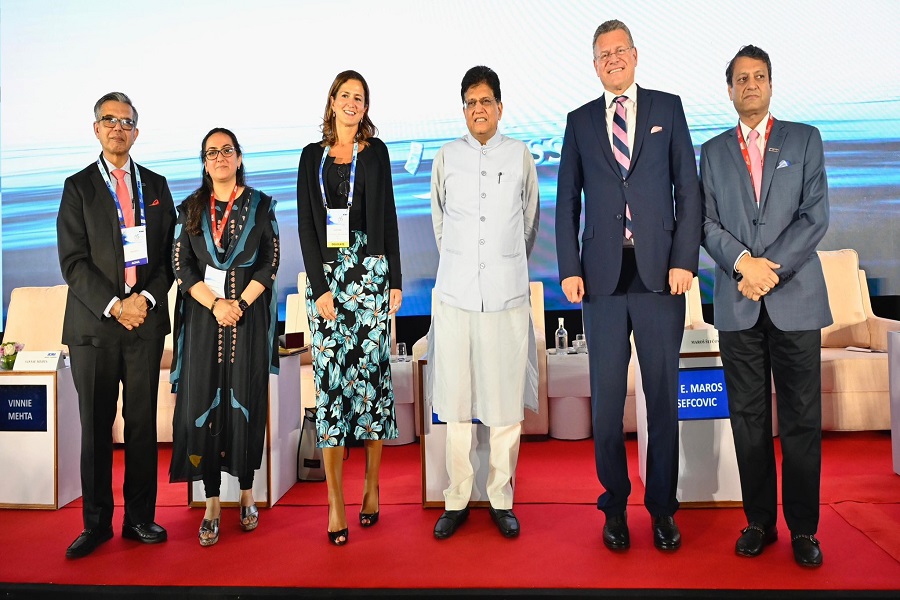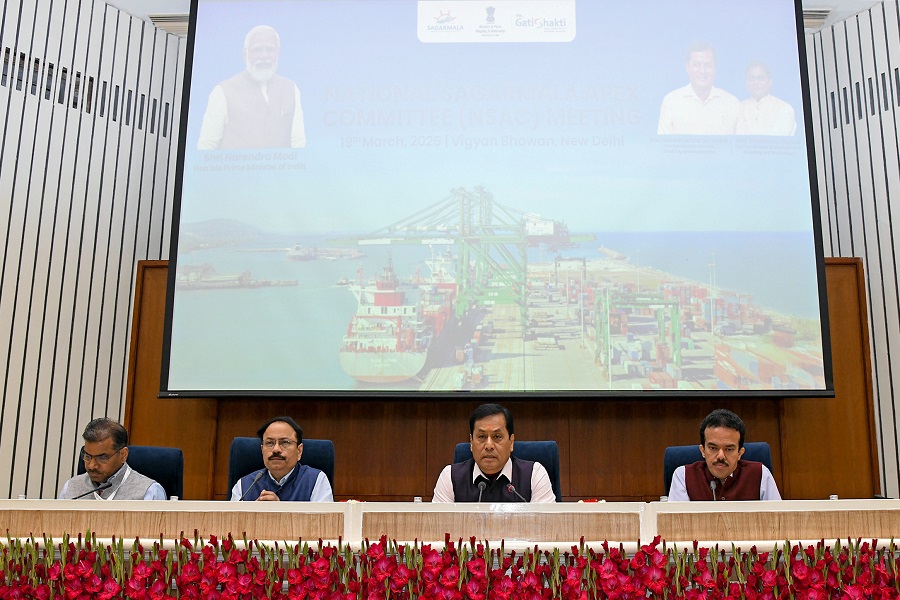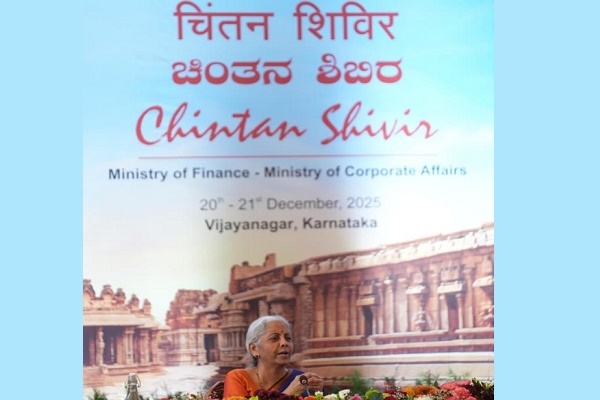Union Budget 2025: Revised Tax Slabs Provide Major Relief for the Middle Class

Finance Minister Nirmala Sitharaman introduced new tax slabs under the new tax regime in the Union Budget 2025. These revised tax slabs are aimed at reducing the tax burden on the middle-income groups and ensuring more disposable income for individuals, helping them manage inflation and meet growing financial needs. The new system provides gradual reductions in tax rates across various income ranges, making it easier for taxpayers to navigate their financial obligations.
Key Highlights of the New Tax Slabs:
1. Rs 4 to 8 Lakh – 5% Tax:
The first slab under the new tax regime applies to income between Rs 4 lakh and Rs 8 lakh, with a tax rate of 5%. This is a major relief for individuals whose income falls into this category. By significantly lowering the tax burden, it encourages spending and savings, providing greater financial flexibility to the middle class.
This change is expected to benefit the working professionals, salaried individuals, and small business owners who earn moderate incomes, allowing them to retain more of their earnings.
2. Rs 8 to 12 Lakh – 10% Tax:
The second income range, Rs 8 lakh to Rs 12 lakh, now comes with a 10% tax rate. The previous tax system had higher rates for similar income levels, so this reduction will give more financial space to individuals in this category, which could be used for investments, savings, or other personal expenditures.
This reduction is also expected to encourage consumer spending, which can help boost the economy. Middle-class professionals, including those in the education, healthcare, and service sectors, will benefit the most from this change.
3. Rs 12 Lakh to Rs 16 Lakh – 15% Tax:
In the next bracket, individuals earning between Rs 12 lakh and Rs 16 lakh will be taxed at 15%. This move further eases the burden on those earning slightly higher incomes while still maintaining a progressive taxation system.
People falling into this category typically include mid-level managers, entrepreneurs, and those in higher-paying jobs. The reduced tax rate gives them a chance to save and invest more, potentially encouraging a rise in financial planning and investments.
4. Rs 16 Lakh to Rs 20 Lakh – 20% Tax:
The tax rate for income between Rs 16 lakh and Rs 20 lakh has been reduced to 20%, offering additional relief for individuals in this bracket. Those with incomes in this range are generally in senior management roles, professionals, or small business owners.
The revised rate will be welcomed by the upper-middle class, offering them more disposable income for lifestyle choices, savings, or investments, thus helping them plan for long-term financial security.
5. Rs 20 Lakh to Rs 24 Lakh – 25% Tax:
The next tax slab applies to individuals earning between Rs 20 lakh and Rs 24 lakh, who will now pay 25% tax on their income. This reduction provides an additional cushion for high-income earners in the middle class, promoting financial independence and encouraging a healthy savings culture.
Professionals like doctors, lawyers, and business owners who fall into this income group will benefit the most from this change, making it easier for them to balance work, lifestyle, and long-term investments.
6. Above Rs 24 Lakh – 30% Tax:
The highest tax rate of 30% continues to apply to income exceeding Rs 24 lakh, which is in line with the previous tax regime. However, the introduction of the lower tax slabs for the middle-income groups ensures that most taxpayers will not be subject to this highest rate.
This tax rate will primarily apply to high-income earners, including corporate executives, large business owners, and top professionals, who can still benefit from exemptions, deductions, and investments to optimize their tax liabilities.
Conclusion:
The revised tax slabs under the new tax regime in Budget 2025 represent a major relief for the middle class, providing a gradual reduction in tax rates across multiple income groups. These changes are expected to improve disposable income, encourage savings and investment, and boost overall economic activity. The government’s focus on offering more relief to the middle class indicates a shift toward making the tax system more equitable, ensuring that more people across the income spectrum benefit from the country's growth.
By reducing the tax burden for individuals in lower and middle-income brackets, the government has strengthened its commitment to supporting the financial well-being of India's vast middle-class population. This is a welcome step toward making the country’s tax system more transparent, simplified, and aligned with the aspirations of the middle class.
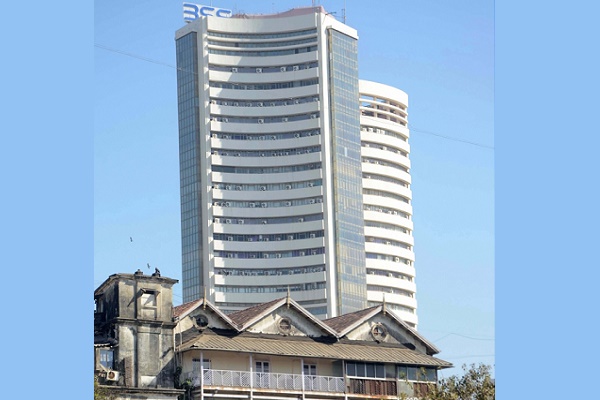

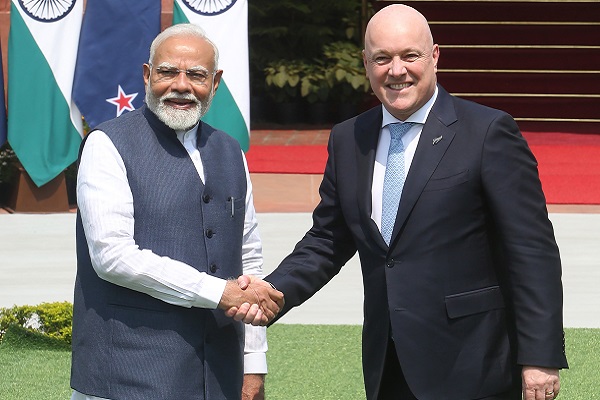




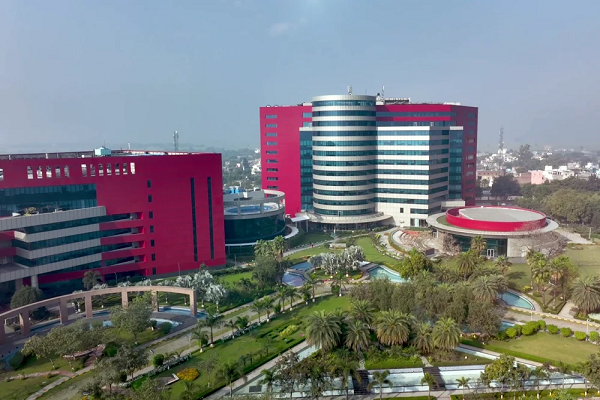
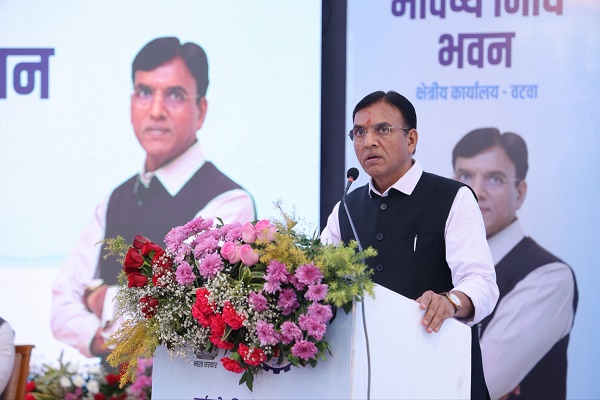
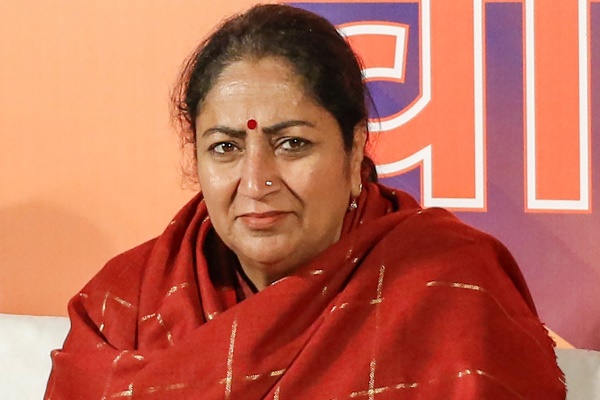
More News

Union Budget 2025: Middle Class to Benefit from New Tax Slabs Under the New Tax Regime

